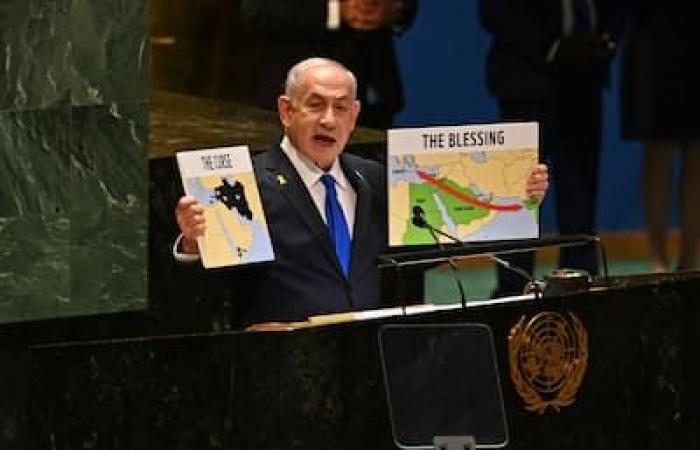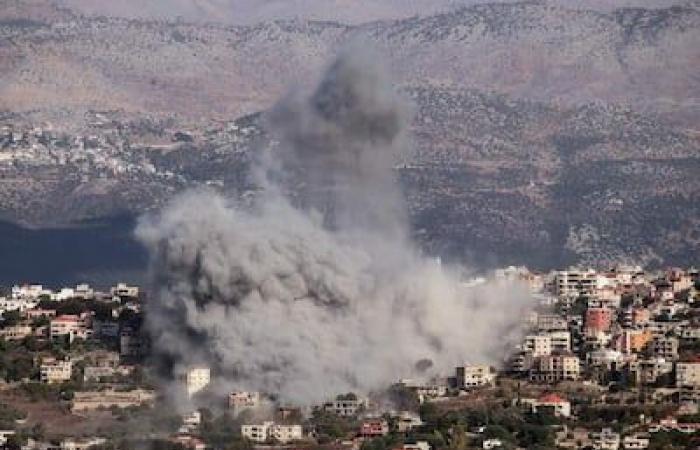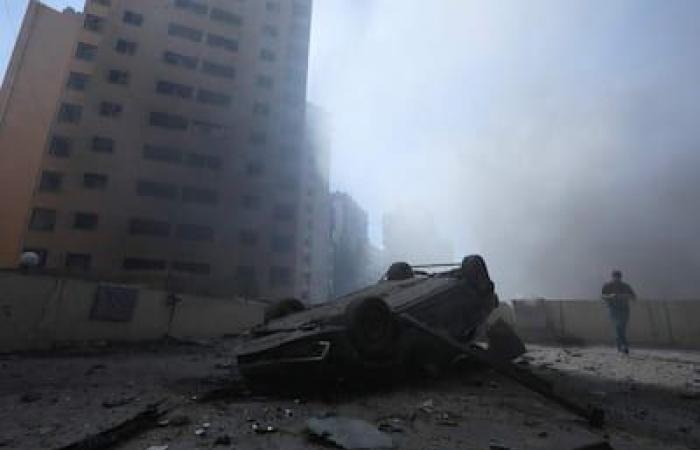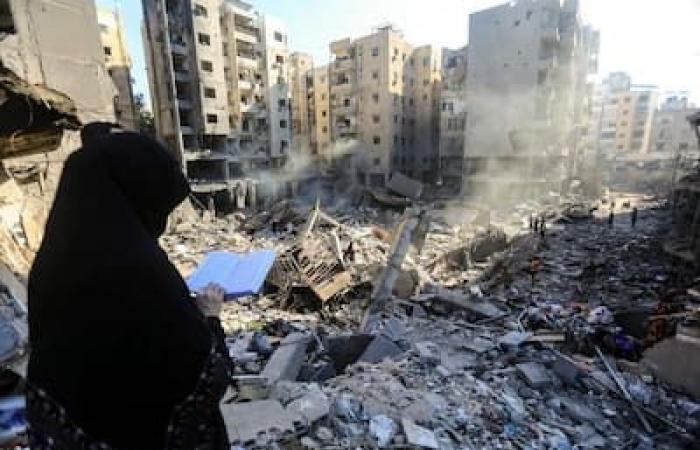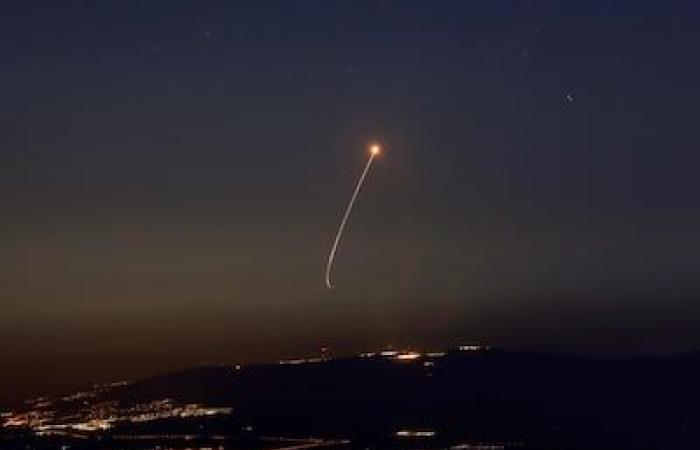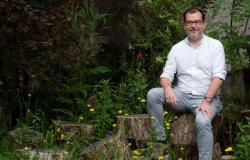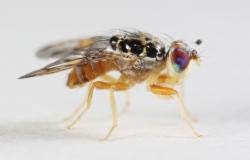Fighting broke out on Wednesday between Israeli troops and Hezbollah in southern Lebanon, where Israel announced the death of eight soldiers, the first killed since the start of its ground operations on Monday against the Islamist movement supported by Iran.
• Also read: “More and more worrying”: this is how the conflict in the Middle East has escalated over the past two weeks
• Also read: Yoav Gallant, the face of Israel’s war against Hezbollah in Lebanon
• Also read: Here’s how Israel could respond to Iran’s attack
After a week of massive Israeli bombing of Hezbollah strongholds that left hundreds dead across Lebanon, Iran launched its second direct attack on Israel on Tuesday, followed by threats of cross-retaliation between the two countries.
“Iran has made a serious mistake […] and will pay the price,” threatened Israeli Prime Minister Benjamin Netanyahu.
US President Joe Biden assured Wednesday that the United States would oppose Israeli strikes against Iranian nuclear facilities, after reaffirming his full support for Israel the day before.
Iranian President Massoud Pezeshkian, for his part, promised “a stronger response” in the event of reprisals, while assuring that his country was not “looking for war”.
The military escalation between Israel on the one hand, Iran and Hezbollah on the other, raises fears that the situation in the Middle East could spiral out of control, a year after the unprecedented attack carried out by Hamas, an ally of Hezbollah, on Israeli soil, which started the war in the Gaza Strip on October 7, 2023.
The Secretary General of the UN, Antonio Guterres, before the Security Council meeting urgently, castigated on Wednesday “the sickening cycle” of violence in a region on the edge of the “precipice”.
In mid-September, Israel intensified its military operations on the northern front, in order to weaken Hezbollah and allow the return of tens of thousands of inhabitants of the border regions with Lebanon displaced by rocket fire from the Lebanese movement, incessant for a year.
Photo AFP
“Ghost Town”
The Israeli army announced on Wednesday the death of eight soldiers, killed since the start of its ground operations on Monday, which it describes as “limited”, in southern Lebanon.
Hezbollah claimed to resist the advance of the soldiers and to have notably destroyed “using guided missiles” three Israeli tanks which were heading towards the border village of Maroun al-Ras.
The Israeli army called for the “immediate” evacuation of villages in southern Lebanon while new airstrikes targeted the southern suburbs of Beirut, deserted by its residents, where many destroyed buildings were still smoking.
“The neighborhood has become a ghost town,” testified Mohammad Cheaïto, a 31-year-old driver who decided to stay, but asked his parents, his sister and his nephews, who had fled southern Lebanon to take refuge with him to leave for a safer place.
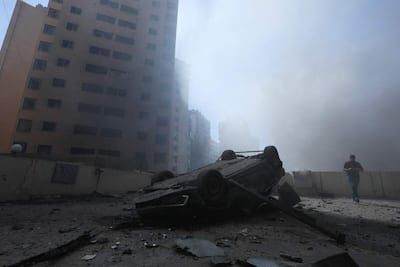
AFP
Images released by the Israeli army showed soldiers on Lebanese soil, moving on foot through villages and mountainous areas. The army announced that it had deployed a second division to support the troops already there.
In Lebanon, more than a thousand people have been killed, according to the Ministry of Health, since the explosions of Hezbollah transmission devices on September 17 and 18, attributed to Israel, and the start of massive aerial bombardments on September 23. by means of which Israel mainly targeted the south and east of the country, as well as the southern suburbs of Beirut.
The government on Wednesday estimated the number of people displaced by the bombings at around 1.2 million.
The “heart” of Israel targeted
At the same time, Israel and Tehran exchanged threats after the massive attack launched Tuesday by Iran to avenge the death of Hezbollah leader Hassan Nasrallah, killed by an Israeli strike on September 27 on the southern suburbs of Beirut, and that of Hamas leader Ismaïl Haniyeh, assassinated on July 31 in an attack in Tehran, blamed on Israel by Iran and Hamas.
Around 200 missiles were fired, many of which were intercepted by the anti-missile system, said the Israeli army, which benefited from the support of American and British forces, according to the Pentagon and London.
This attack, the second since April, injured two people in Israel and killed a Palestinian in the occupied West Bank, according to emergency services and a Palestinian official.
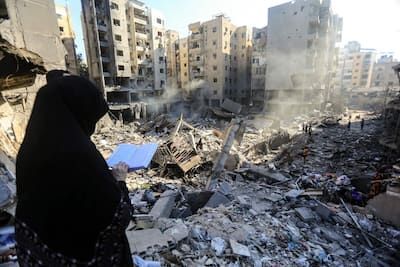
AFP
“It was crazy,” “extremely scary, nothing we could have predicted,” said Tel Aviv resident Ron Nori, 59 years old.
The Revolutionary Guards, Iran’s ideological army, claimed to have “aimed at the heart” of Israel.
According to Iranian Chief of Staff General Mohammad Bagheri, the missiles targeted five military air bases and the Mossad (Israeli foreign intelligence service).
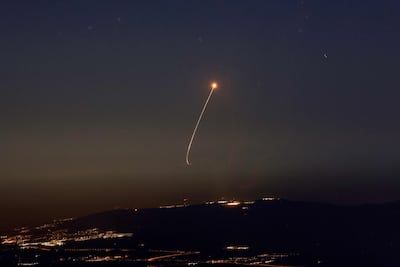
AFP
The Israeli army said Wednesday that missiles had fallen on air bases, but without causing damage.
Former Israeli Prime Minister Naftali Bennett recommended a decisive strike to destroy Iran’s nuclear facilities.
“This is not going to end well,” the “restraint [n’étant] not the strong point” of Netanyahu, political analyst Jordan Barkin commented for AFP.
In Tehran, Mansour Firouzabadi, a 45-year-old nurse, said he was “really worried,” hoping “that the United States will stop supporting Israel and that Israel will not retaliate.”
The attack sparked a wave of calls for restraint, from Beijing and in particular from Moscow, which warned on Wednesday of an “alarming” spiral.
Furthermore, the armed wing of Hamas claimed responsibility on Wednesday for an attack committed the day before in Tel Aviv, in which seven people were killed with automatic weapons and knives.
At the same time, Israel continues its offensive in the Gaza Strip, although with less intensity.
On Wednesday, the Israeli army announced that it had attacked two schools in the north of the Palestinian territory and a third in the center, used according to it by Hamas as command centers.

